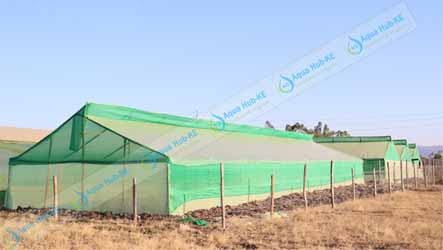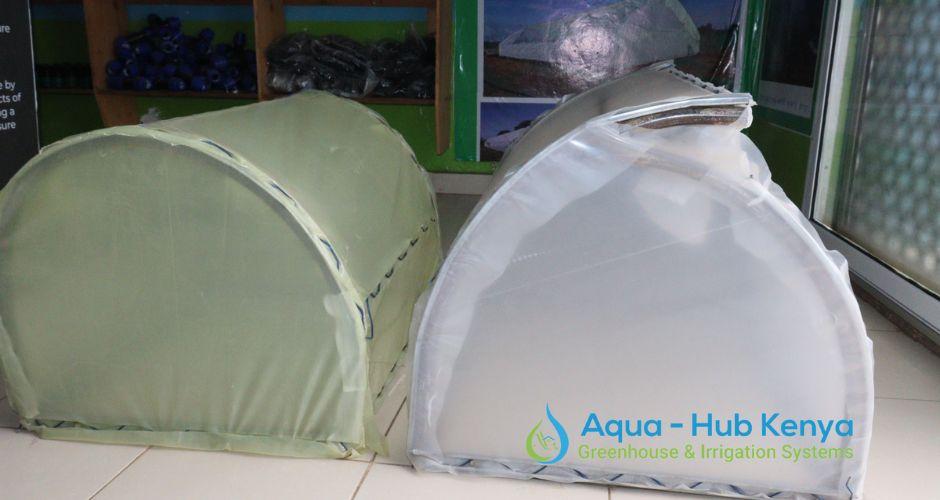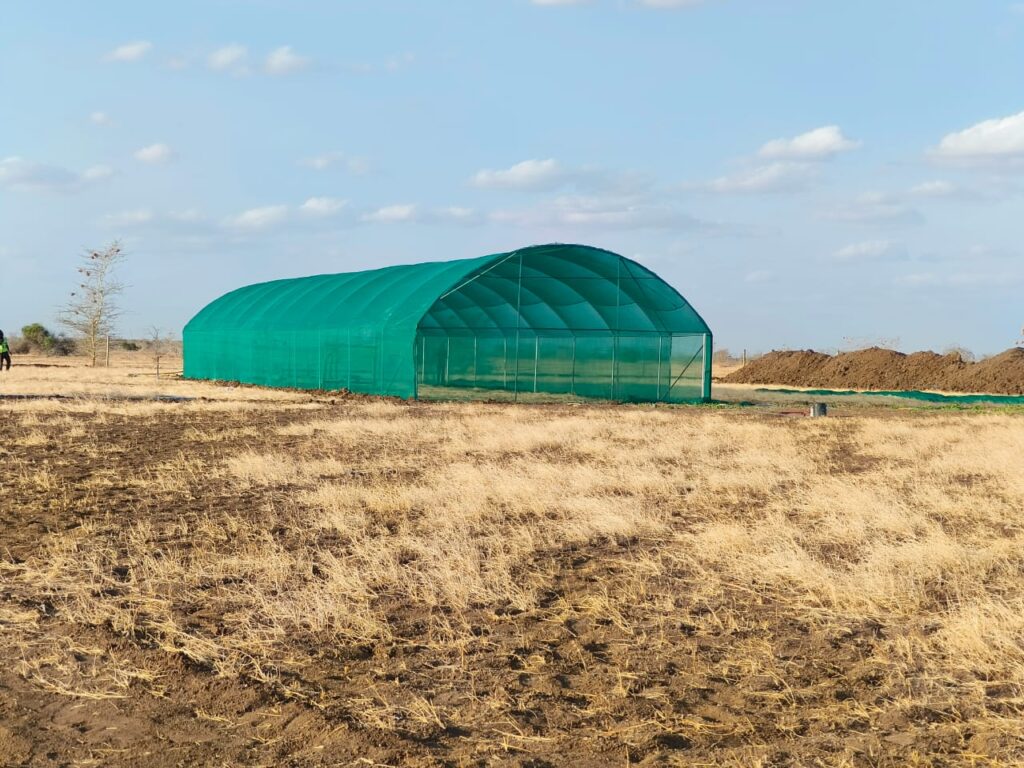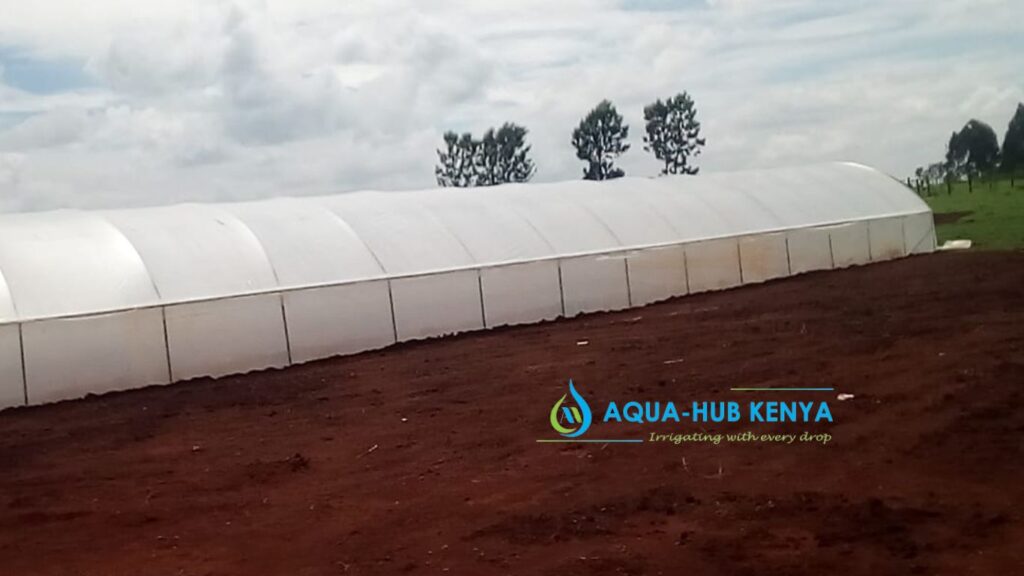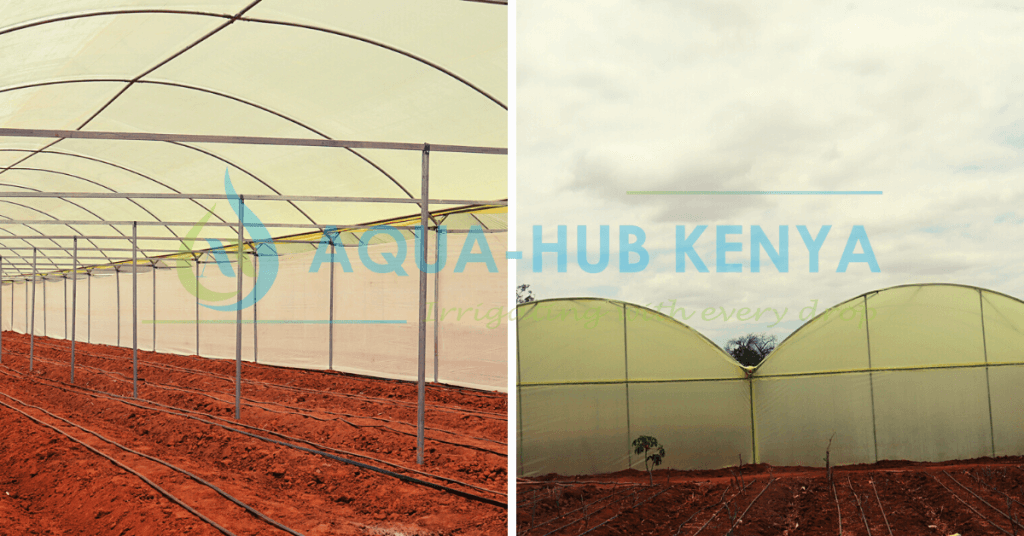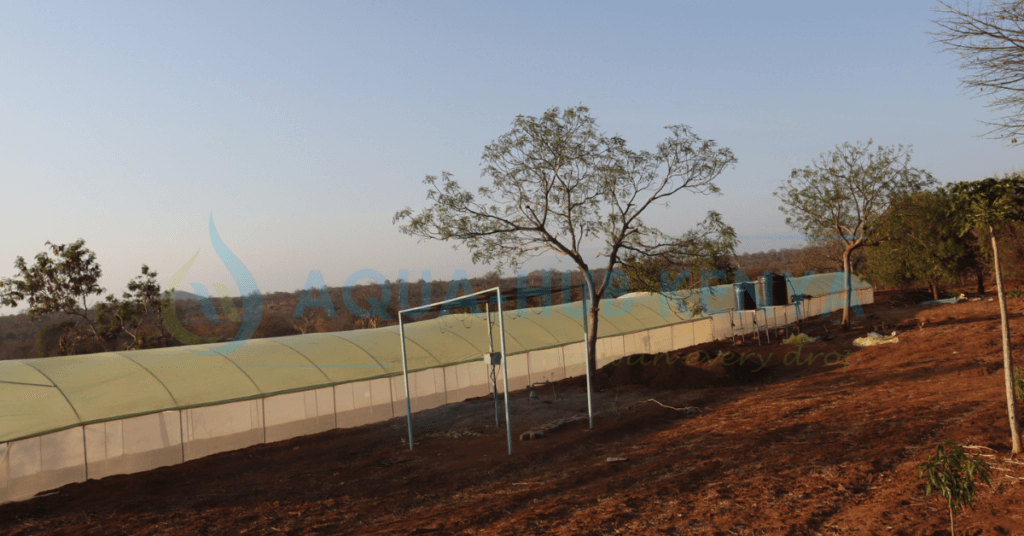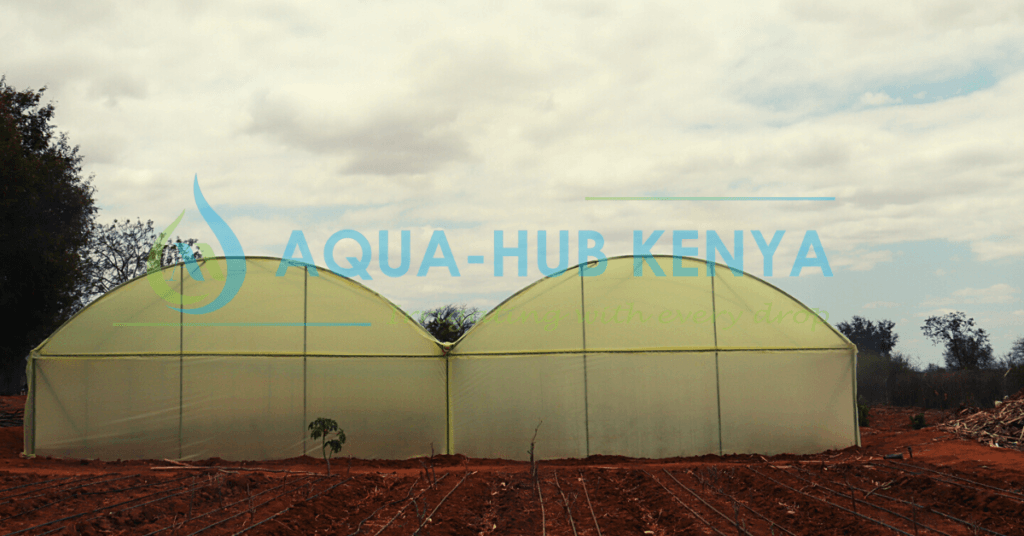10 ways to manage Greenhouses
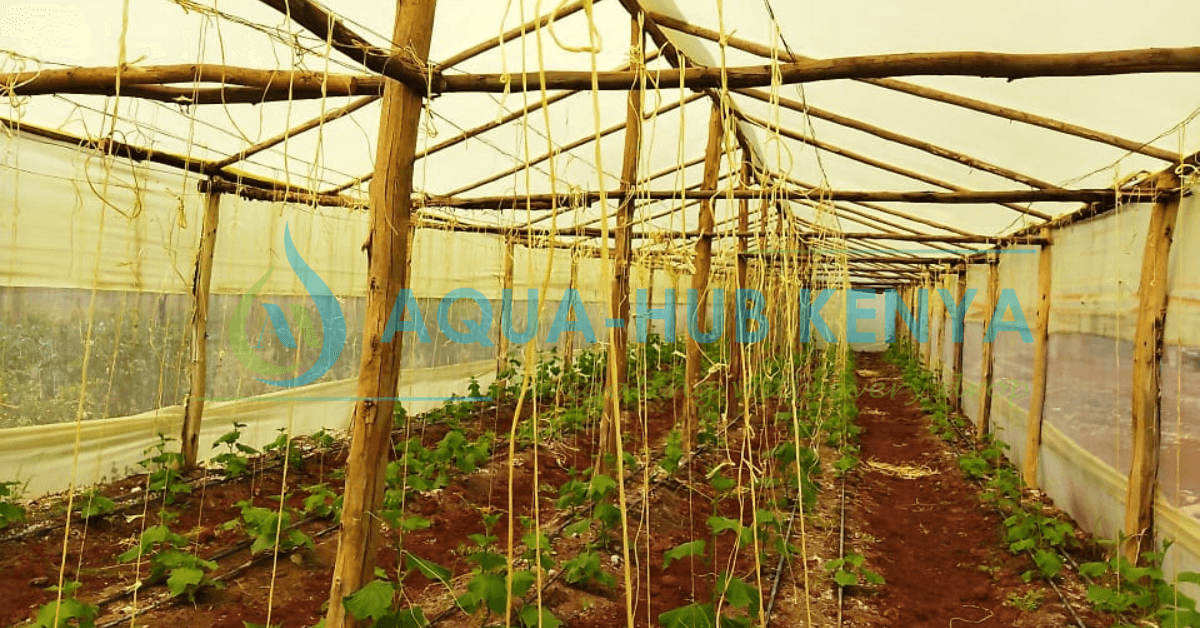
The 10 ways to manage Greenhouses will assist you in managing your greenhouse more efficiently. This ensures that you get the most out of your greenhouse investment. Having a greenhouse brings up a plethora of new gardening prospects, many of which will delight the seasoned gardener and frighten the inexperienced gardener. The most significant benefit of a greenhouse is that it allows you to grow plants and commodities that demand more protection and greater temperatures than your open garden. Greenhouses are fantastic season extenders.
The Top 10 ways to manage Greenhouses for Maximum production
Make the most of greenhouse planning by learning how to arrange the plants and utilize the greenhouse all year long for producing vegetables, fruit, and delicate blossoms. The range of what and when you can grow will be expanded thanks to a greenhouse. The finest management strategies listed below will assist you in managing your greenhouse for optimal output.
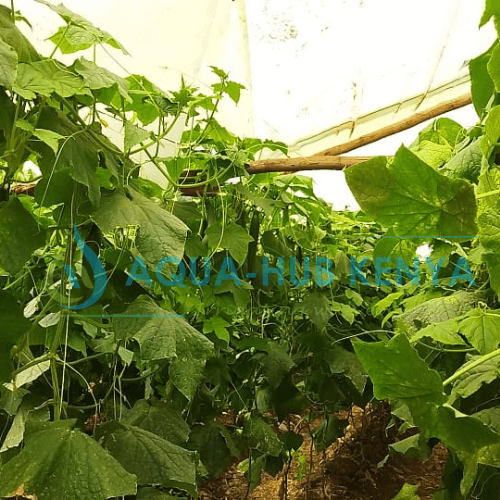
1. Plan your greenhouse for year round use
By designing a greenhouse for year-round usage, you can maximize the potential of this priceless growing area. Choose the crops that will yield the most profits from the various options available for the greatest food to produce in a greenhouse. To ensure that the greenhouse can be used all year long, make sure you have a scheduled rotation for the whole year.
2. Allow enough space for each plant
Spacing is very essential for plants in the greenhouse. For effective production, each plant requires a specific amount of space. Make careful to provide enough room for each plant when deciding what to cultivate in the greenhouse. For fruit and vegetable ripening and to ward against pests and disease, ventilation is crucial.
3. Make sure you thoroughly clean the greenhouse each year
Hygiene is vital for plant health, particularly among young seedlings and unrooted cuttings. Planning a greenhouse requires thorough cleaning. You should give the greenhouse a thorough scrub, both inside and out. To guarantee that the algae that has grown over the months is eliminated, sweep and clean the floor and ceiling. You should also clean the gutters on the greenhouses outside of leaves and other debris.
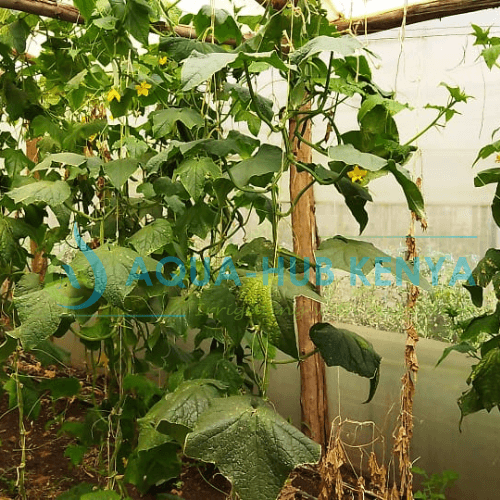
4. Allow the greenhouse structure to work for you rather than against you.
Maintain the proper lighting for the crop. Plan for enough ventilation to avoid illnesses such as downy mildew and Botrytis. Reduce bench and floor unevenness to prevent puddling, which exposes crops to Pythium root rot. Choose seats with impermeable surfaces, such as metal or plastic, to make cleaning easier. Consider thrips-exclusion screening and positive pressure in stock plant regions.
5. Only clean plants should be brought into your clean greenhouse.
Cuttings made from stock plants could carry diseases, mites, and insects. Purchase cuttings from trusted propagators with approved clean stock programs. Growing your own crops from seed is less dangerous, but some infections, such as Xanthomonas, Pseudomonas, and Tobacco Ringspot Virus, can spread on seeds. While you should make an attempt to introduce clean plants, you should also be ready for the rare supplier quality control failure. New plants should, if at all feasible, be quarantined by being kept in a separate greenhouse until you can either verify that they are healthy or that you can make them healthy again.
6. In your greenhouse, only crop plants should be grown.
This includes getting rid of both pet plants and weeds. Weeds under benches are frequently Impatiens Necrotic Spot Virus carriers.
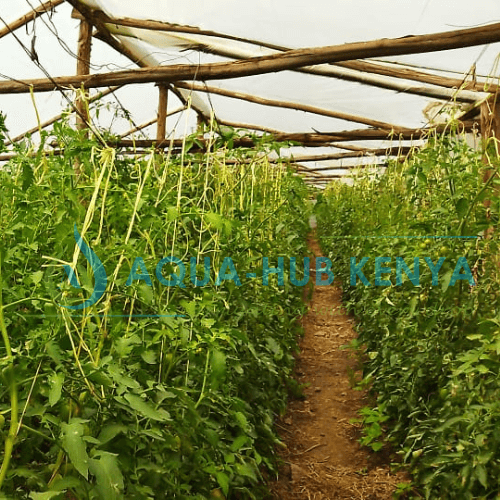
7. Remove possible causes of problems from the greenhouse and its surroundings.
Weedy areas around the vents attract insects that can fly in and carry illnesses with them. Tomato Spotted Wilt Virus can easily transmitted into the greenhouse from outside weeds.
8. Upon arriving, inspect the plants.
Before they are released among the crops, hitchhiker insects or illnesses might be found by carefully inspecting incoming plants. To prevent surprises later on, look for rust, powdery mildew, aphids, mites, and thrips.
9. Regular soil testing and foliar analysis can help you keep an eye on your fertility program.
Every three months, check the precision of the fertilizer amounts, or more frequently if unexpected water dye color or crop symptoms arise.
10. Keep accurate records.
Make notes of your observations so you can refer to them later. Include the date, time, quantities utilized, volume of solution supplied, and equipment used in your record of fertilizer and pest control applications. This knowledge will be very helpful for application cost reduction, efficiency improvement, and debugging.
Do you want to learn about the best management practices for you greenhouse? Aqua Hub is here to help you. We have a certified and experienced team that can help you in your greenhouse installation as well as train you on the best greenhouse practices. For more details, contact: NAIROBI: 0790719020 | ELDORET: Get Quote

